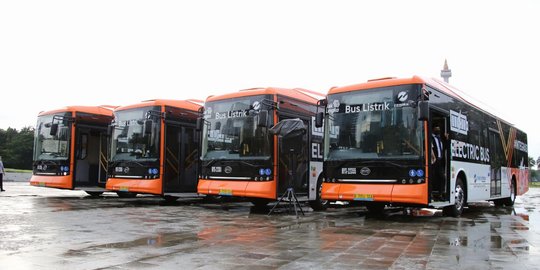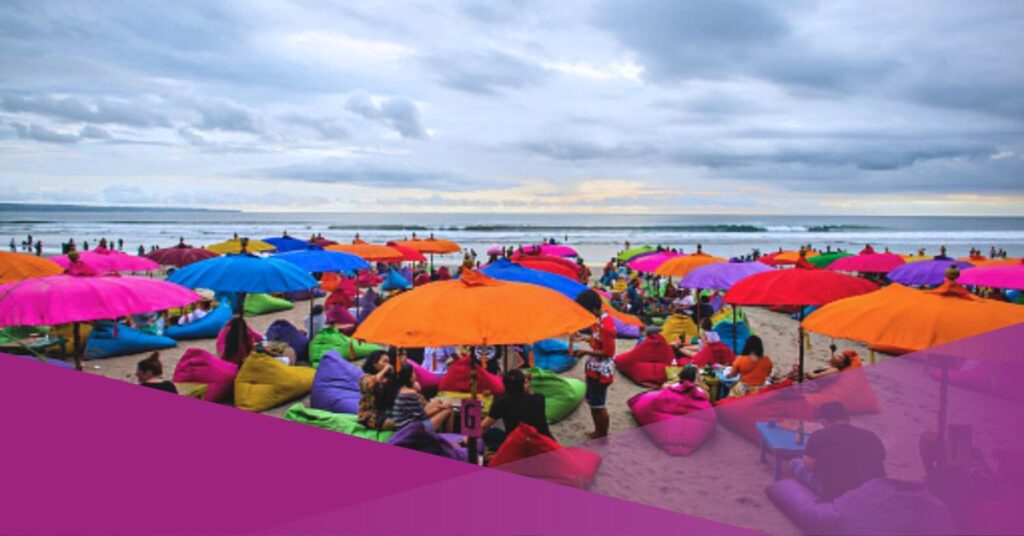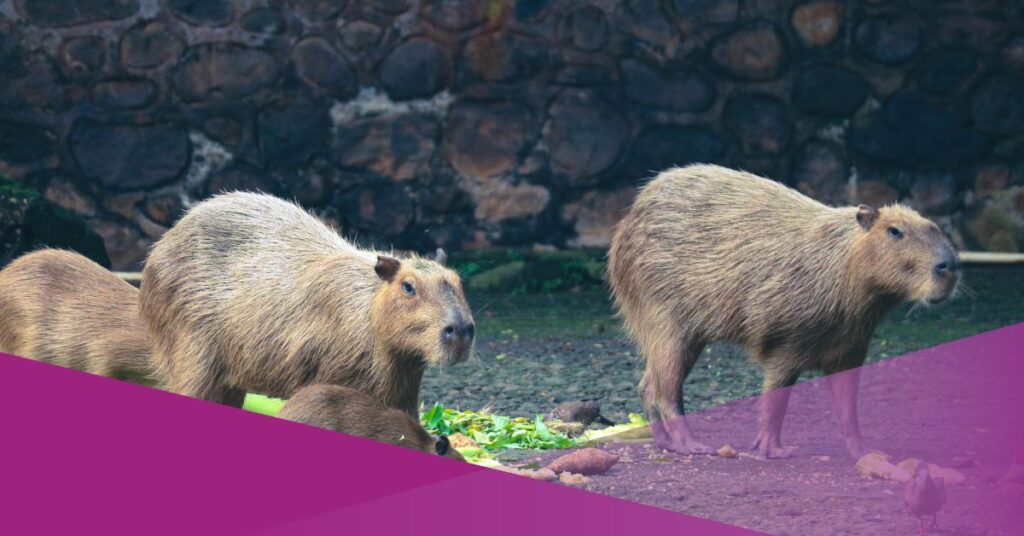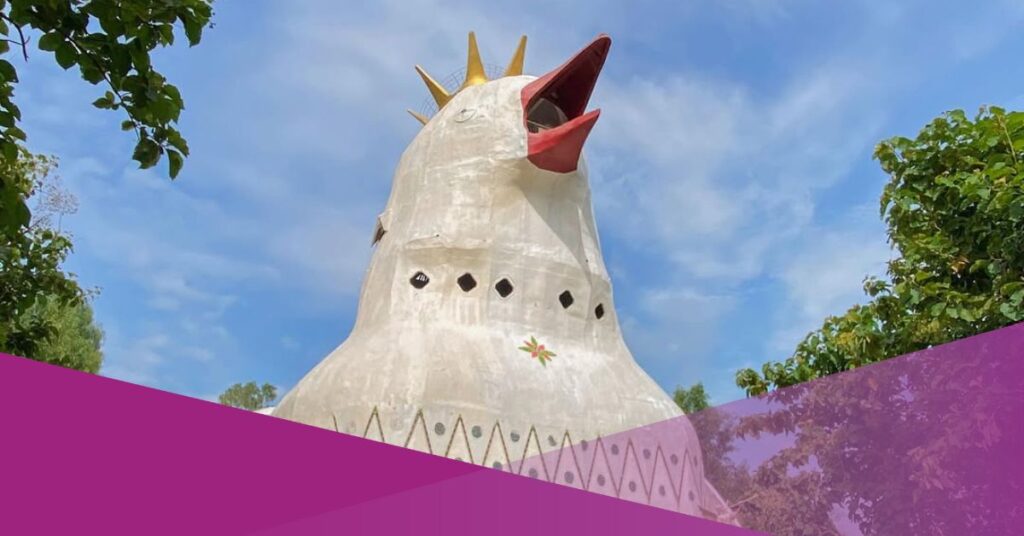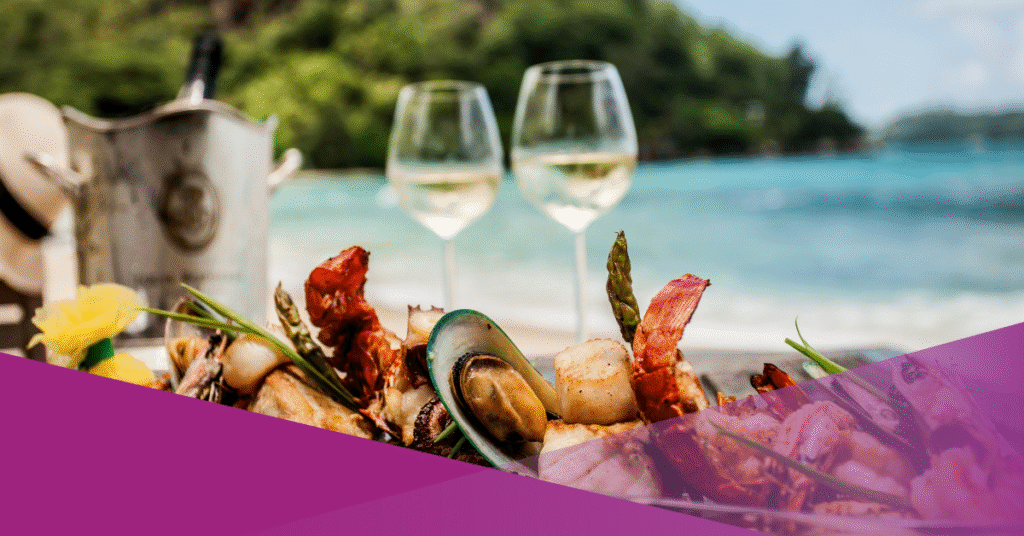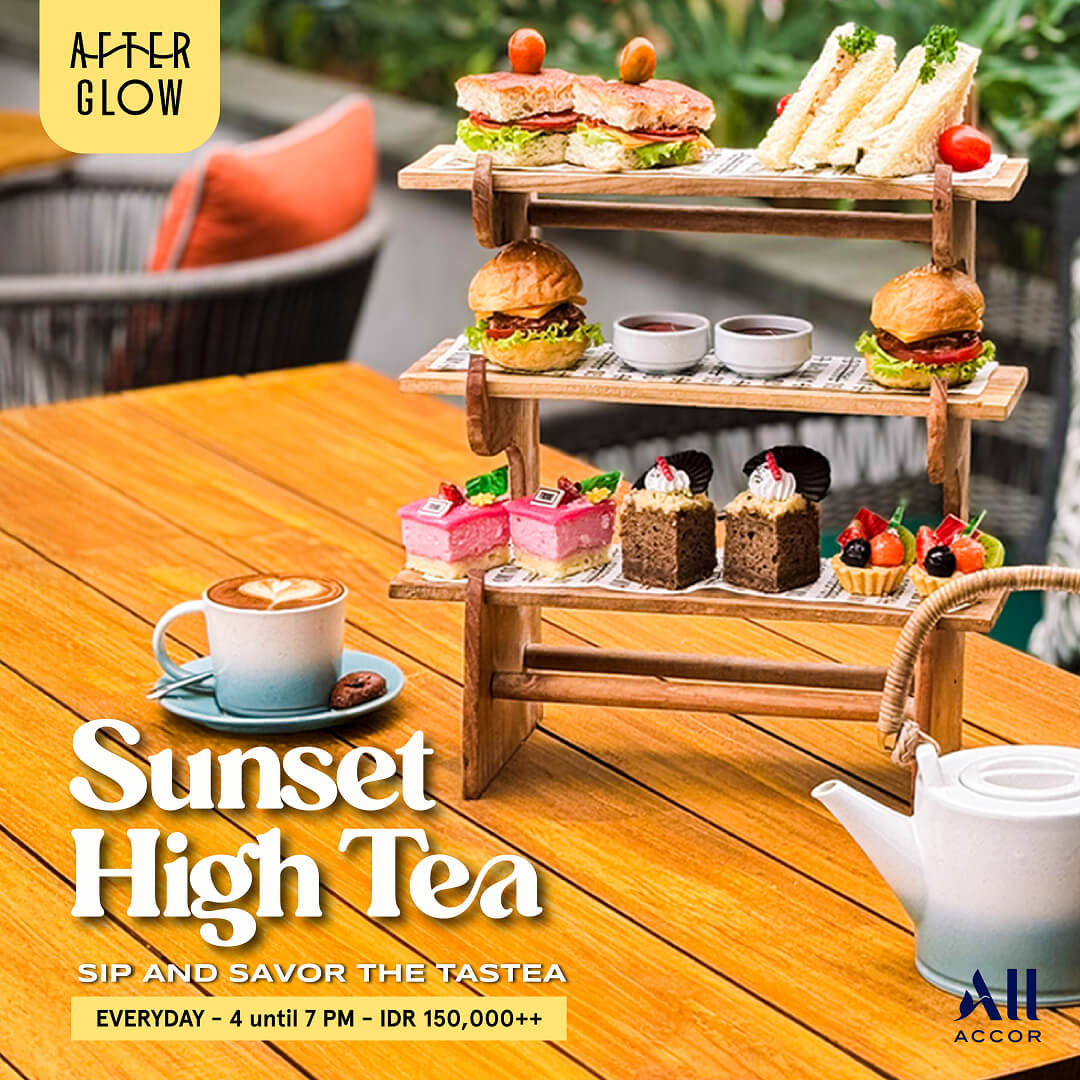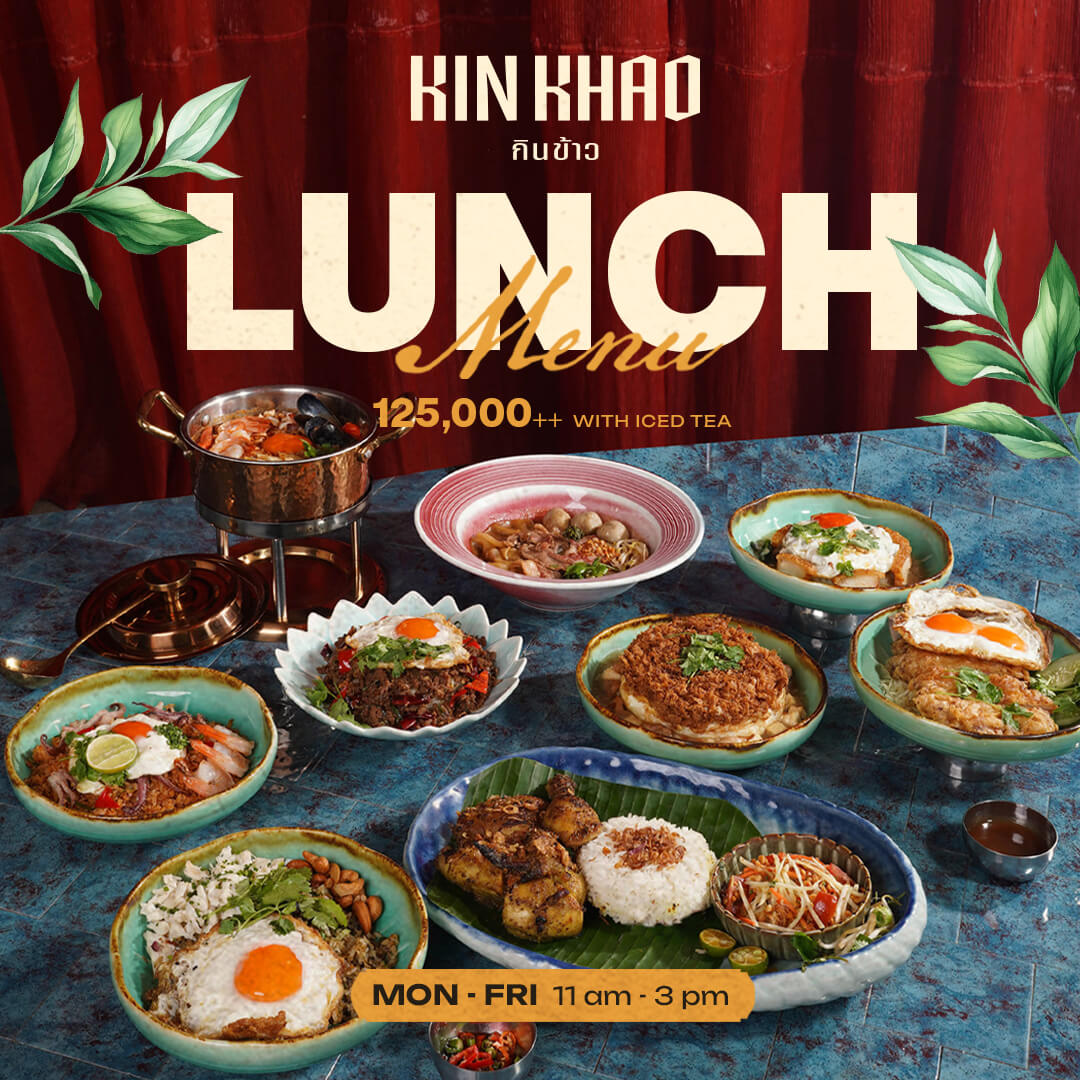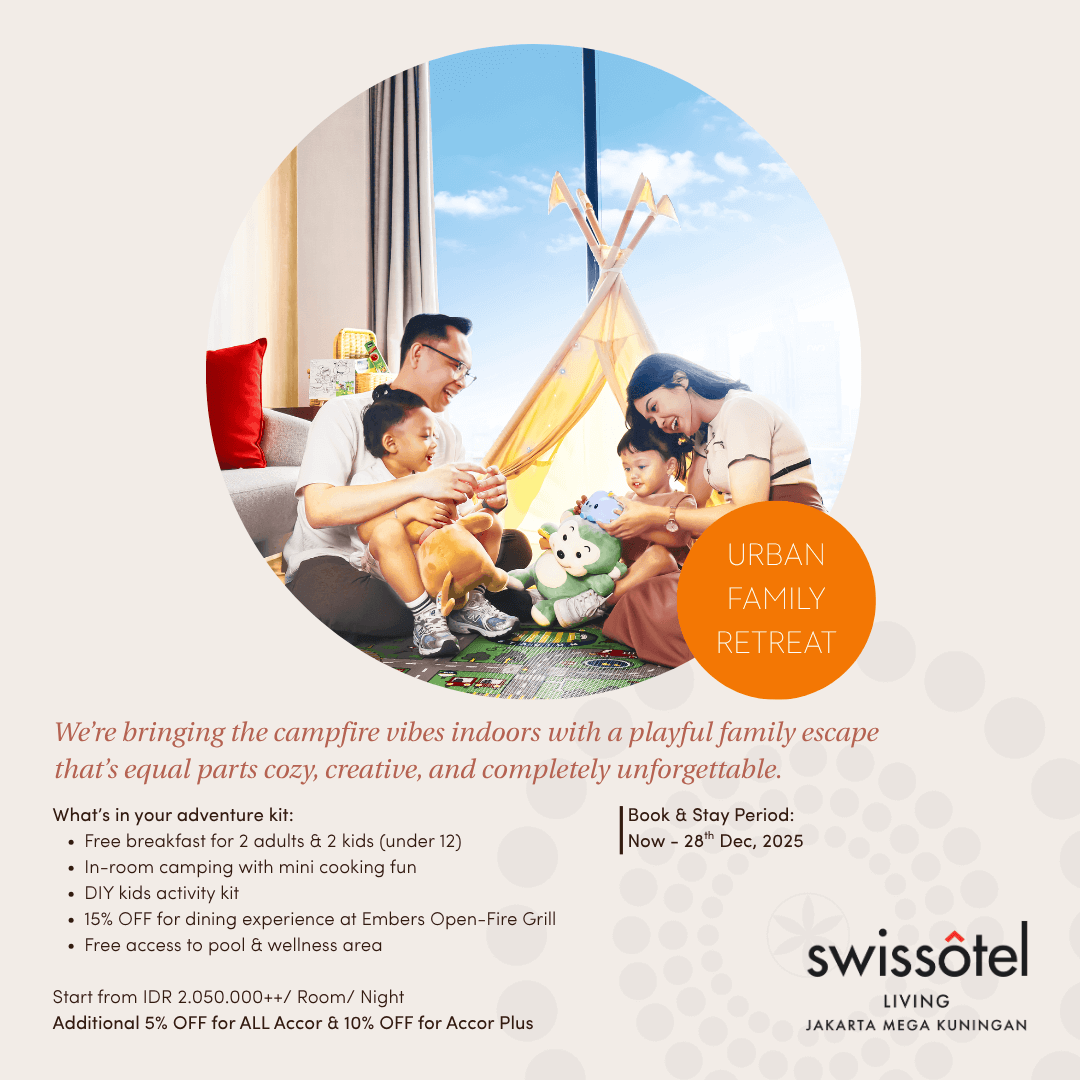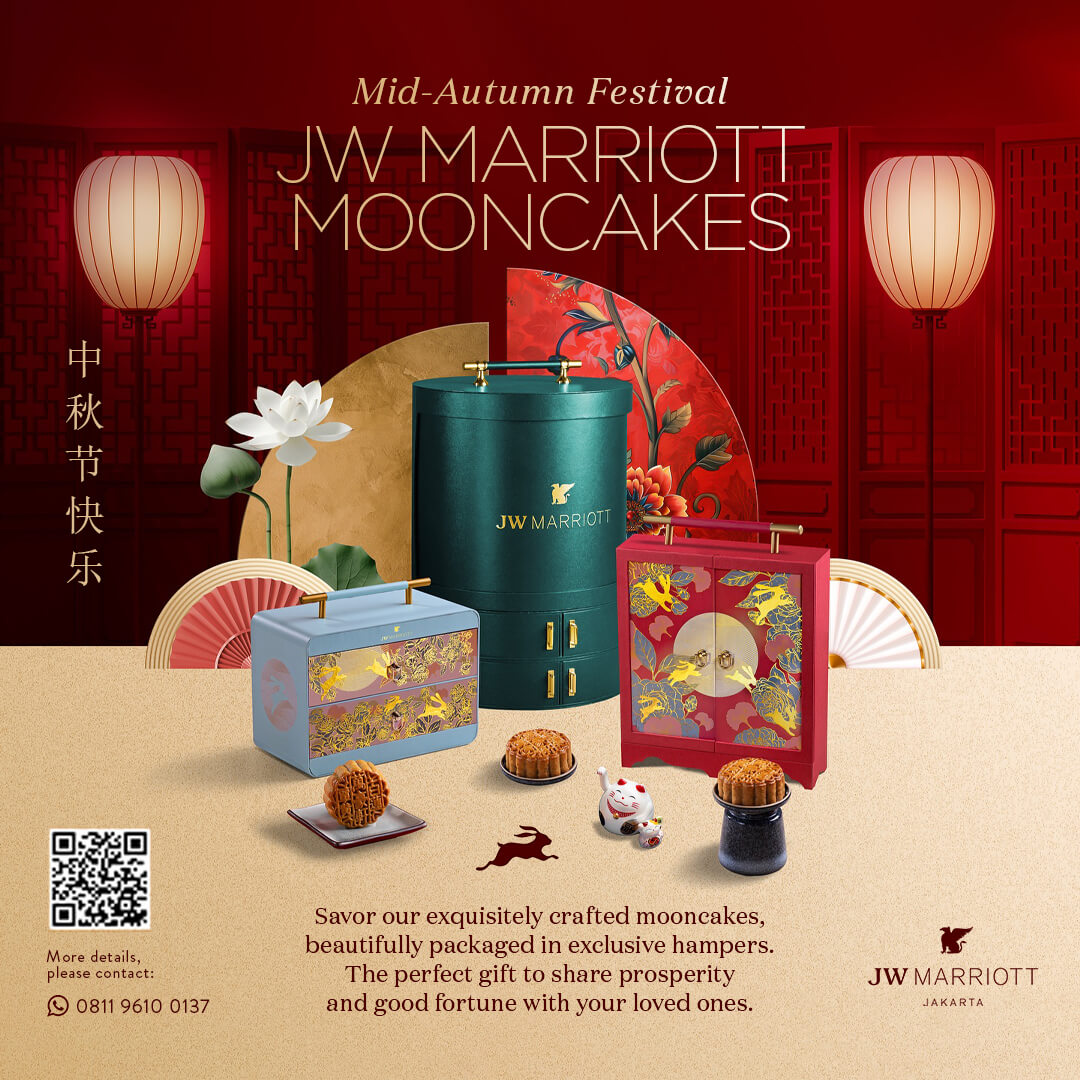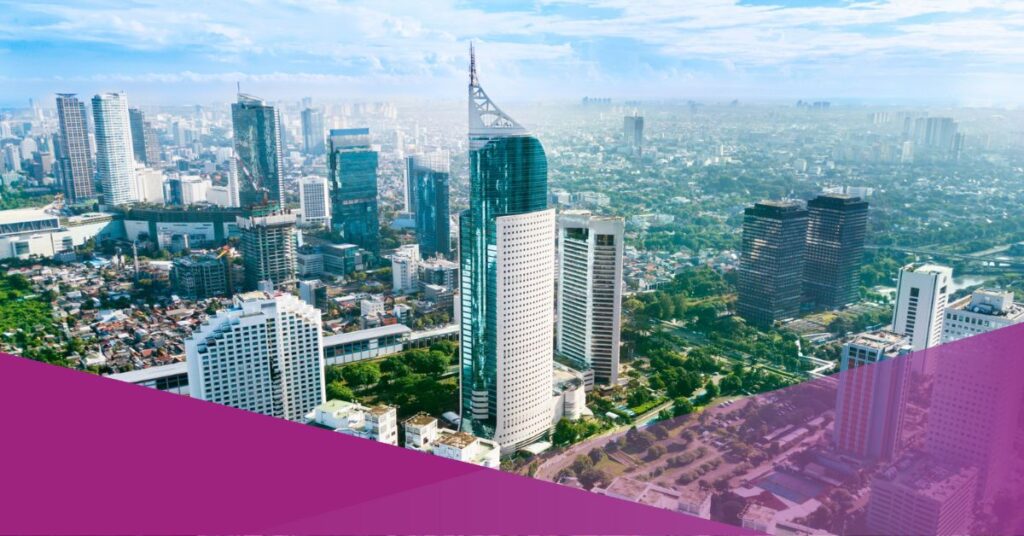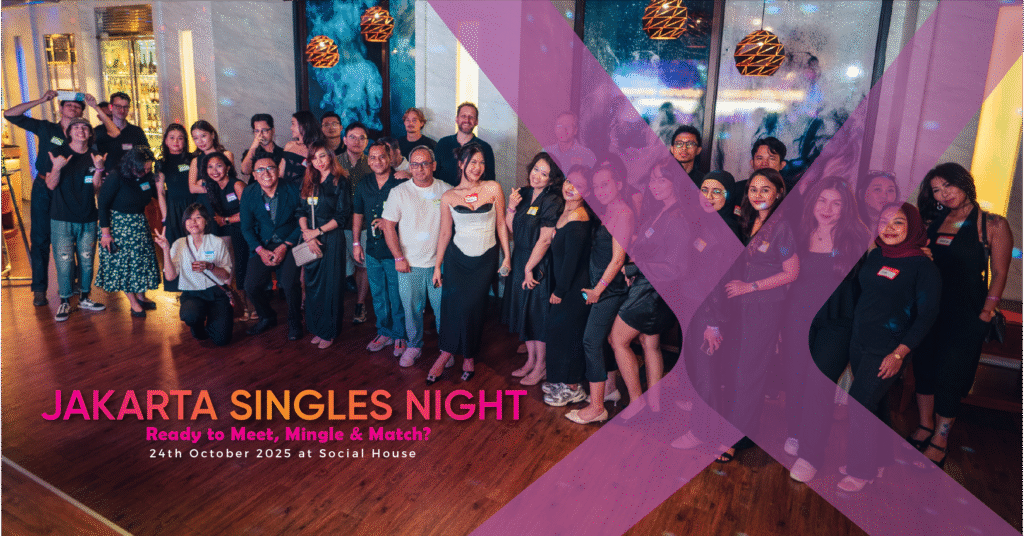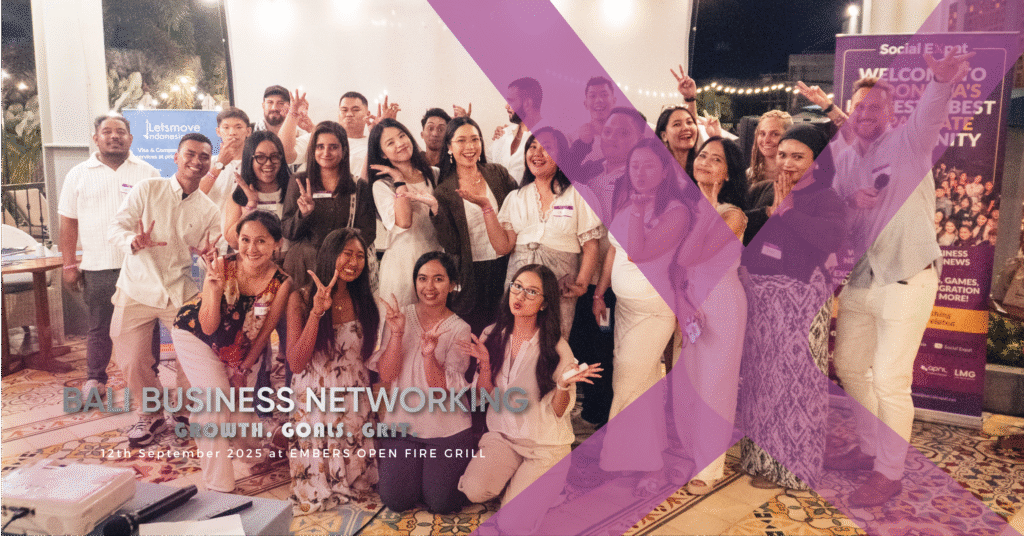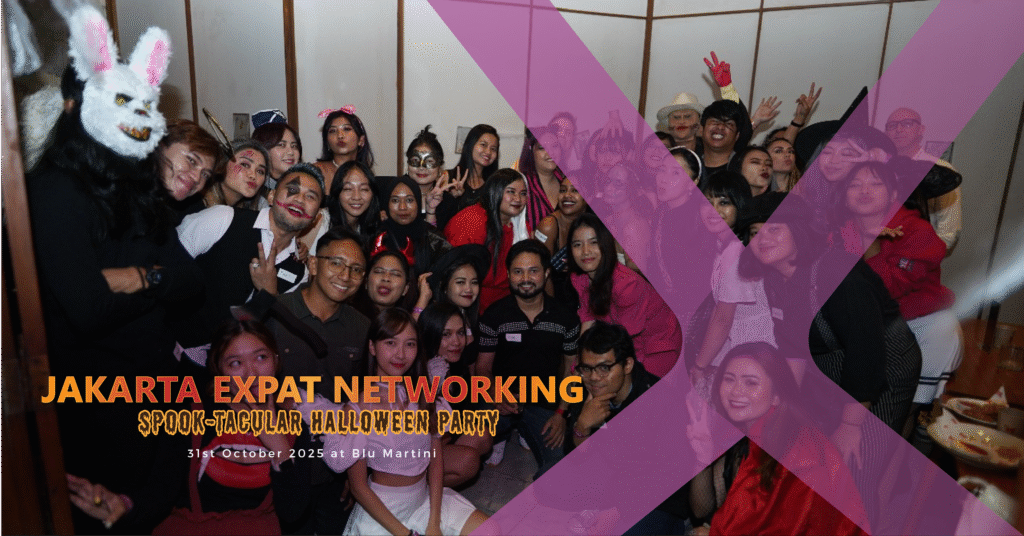Pasar Baru Jakarta, established in 1820, is one of the city’s oldest shopping districts. Situated in Sawah Besar, Central Jakarta, Indonesia, this commercial hub offers more than just retail options.
It combines history, culinary traditions, cultural diversity, and religious landmarks, making it a fascinating place to spend a day.
Pasar Baru Jakarta: A Historic Entrance to Shop and Culinary Gems
Often called the “oldest markets in Jakarta,” its heritage dates back to when Jakarta was still known as Batavia, dating back to the early 19th century during the Dutch colonial era.
It established under the then-spelled name of Lama Passer Baroe. Today, the market operates daily from 9:00 AM to 6:00 PM WIB.
For foreign tourists, Pasar Baru is not simply a marketplace. It is a reflection of the city past and a living reminder of the capital’s rich heritage. From thrifting imported clothes to savouring bowls of noodles and visiting nearby landmarks, the area is a melting pot of activity.
Culinary Experiences at Pasar Baru Jakarta
Pasar Baru is as much about food as it is about shopping. Jalan Pasar Baru has become a various culinary destination with eateries ranging from legendary noodle stalls to street snacks and old restaurants that have stood the test of time.
1. Bakmi Gang Kelinci
View this post on Instagram
A post shared by BAKMI GANG KELINCI sejak 1957 (@bakmigangkelinciofficial)
Located on Jalan Kelinci Raya, Bakmi Gang Kelinci is one of the most famous noodle restaurants in the area. Established decades ago, it has become synonymous with Chinese-style chicken noodles in Jakarta.
The menu features chicken noodle combos, seafood fried noodles, steamed rice, fried gourami, and side dishes such as shrimp gohyong. Expect to spend around IDR 50,000–100,000 for a satisfying meal.
2. Bakmi Aboen
Hidden in a narrow lane near Bakmi Gang Kelinci, Bakmi Aboen is another legendary noodle shop, established in 1962. Despite its small space, it attracts loyal customers daily.
The menu includes chicken and mushroom noodles, pork-topped noodles, and soups. The enduring popularity of Bakmi Aboen lies in its consistency and authentic flavours that have spanned generations.
3. Cakue Ko Atek
Between Bakmi Gang Kelinci and Bakmi Aboen, visitors can find Cakue Ko Atek. Since 1971, this small stall has served *cakue* (fried dough sticks) and pillow bread. Each piece price around IDR 6,000.
What makes it unique is the cooking method: frying in coconut oil instead of regular cooking oil, which gives a distinctive aroma and texture. Meeting the owner, Ko Atek, as he prepares the dough adds to the charm of the experience.
4. Soto Betawi Globe H. Oji
Behind Plaza Metro Atom, Soto Betawi Globe H. Oji is a tent-style eatery that is always crowded. The owner, Haji Oji, serves authentic Betawi-style soto with creamy coconut milk broth, tomatoes, and crackers/emping.
The choice of meat or offal fillings makes each serving customisable. Despite the long queues, service remains quick and efficient.
5. Tropic Restaurant
Tropic Restaurant, established in the 1950s, is another highlight of Pasar Baru Jakarta. Its vintage décor and long history attract both loyal customers and curious visitors.
The restaurant is best known for its old-fashioned ice cream flavours such as mocha, raspberry, chocolate rum, and banana split. It also serves main dishes like ifumie, lontong cap gomeh, and fried noodles.
Affordable Imported Clothing & Famous Textile Shop
One of Pasar Baru Jakarta’s main draws is its reputation as a thrifting centre. Many shops sell imported second-hand clothing at affordable prices. Visitors can find jackets, jeans, hats, winter wear, and T-shirts, often from international brands.
The variety caters to both budget-conscious shoppers and fashion enthusiasts looking for unique finds. Unlike regular malls, the shops here often encourage bargaining, which adds to the authentic market experience.
Not only for thrifting, as one of the oldest markets, this place also famous for its textile shops.
Beyond thrifting, the market houses a broad array of vendor. As the oldest shopping centre, it provides a comprehensive retail experience covering clothing, shoes, musical instruments, electronics, sporting goods, textiles, tailors, handicrafts, and small stalls selling food and various knick-knacks.
Explore Other Jakarta Attraction Near Pasar Baru
A short walk from Pasar Baru takes visitors to two of Jakarta’s religious landmarks and public attraction.
The Istiqlal Mosque, inaugurated in 1961, is Southeast Asia’s largest mosque and can accommodate 200,000 worshippers. Its architecture combines Indonesian, Middle Eastern, and European influences.
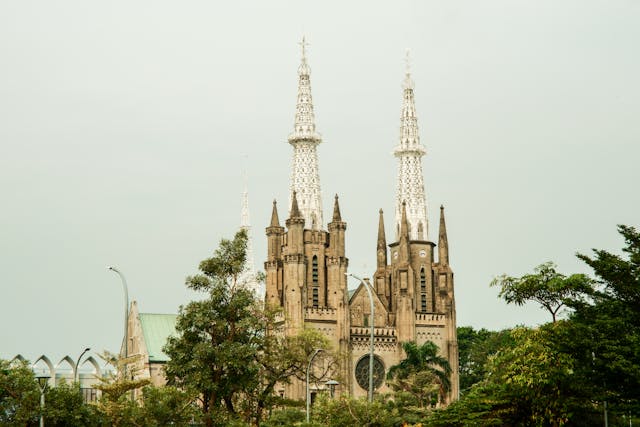
Opposite the mosque stands the Jakarta Cathedral, a neo-gothic church built in the early 20th century. The close proximity of these two houses of worship symbolises religious harmony in the capital.
Journey to Pasar Baru Painting Center: A Showcase of Local Art
Before entering the market, visitors often notice rows of painters’ stalls. This area is known as the Pasar Baru Painting Center, officially established by the Jakarta Provincial Government in 1998 as part of the Bhambu Art Gallery initiative in Sawah Besar.
The centre was renovated in 2018, with tents installed to shelter artists from the sun and rain. Today, the atmosphere is more comfortable for both painters and visitors, making it a pleasant stop on your journey through Pasar Baru.
A Community of Artists
Around 29 painters belong to the Pasar Baru Indonesian Painters and Writers Group (KPPI), a community that collaborates and shares commissions. The group is diverse, with artists from various regions and of different ages.
Despite the rise of digital editing tools, the painters continue to work by hand, producing portraits, landscapes, and caricatures.
How to Get to Pasar Baru by Train and Bus
Pasar Baru in Central Jakarta is one of the capital’s most historical commercial areas. For tourists, reaching this urban hub is straightforward with public transport. Whether by commuter train or Transjakarta bus, the journey brings you into the bustle of a district that combines shopping, food, and art.
Getting to Pasar Baru by Train
The closest commuter line station to Pasar Baru is Juanda Station, only 800 metres away. It takes around ten minutes on foot, making it the most convenient stop for visitors arriving by train.
- From Bekasi – Travel to Manggarai Station, transfer to a train bound for Jakarta Kota, and alight at Juanda Station.
- From Bogor or Depok – Take the line to Jakarta Kota and get off at Juanda.
- From Tangerang – Change at Duri Station, continue towards Manggarai, and then take a Jakarta Kota-bound train before stopping at Juanda.
From Juanda Station, exit onto Jalan Juanda. You can stroll left along the road for 800 metres to Pasar Baru, or take online transport for convenience. Another option is to connect with Transjakarta buses from Juanda Station: take Corridor 3 and alight at Pasar Baru, or the 5C route towards Kampung Melayu/Cawang UKI and stop at Pasar Baru.
Getting to Pasar Baru by Transjakarta Bus
The closest Transjakarta stop is Pasar Baru Busway Stop, only 200 metres from the main street. From here, it is a short five-minute stroll into the market atmosphere.
- Corridor 3 (Kalideres – Pasar Baru) serves visitors from West Jakarta.
- Corridor 5H (Harmoni – Ancol) links North and Central Jakarta.
- From East Jakarta, take Corridor 5 (Kampung Melayu – Ancol) and alight at Pasar Baru Timur, then walk about 800 metres towards Jalan Dr. Sutomo.
- From South Jakarta, use Corridor 1 (Blok M – Kota) and transfer at Harmoni. From there, continue with Corridor 3 or 5H.

